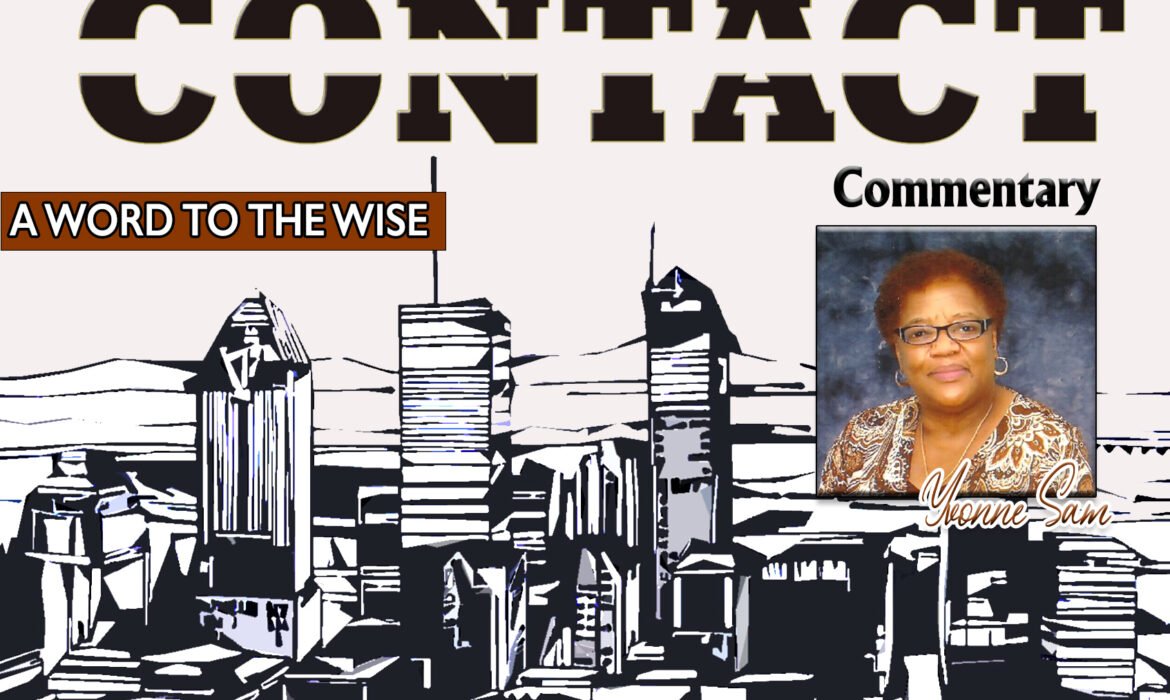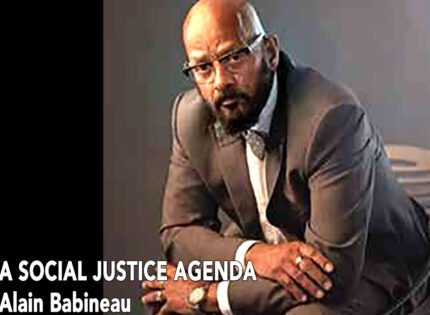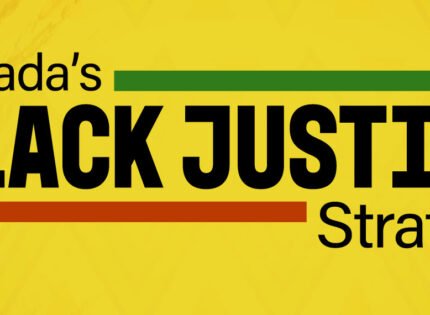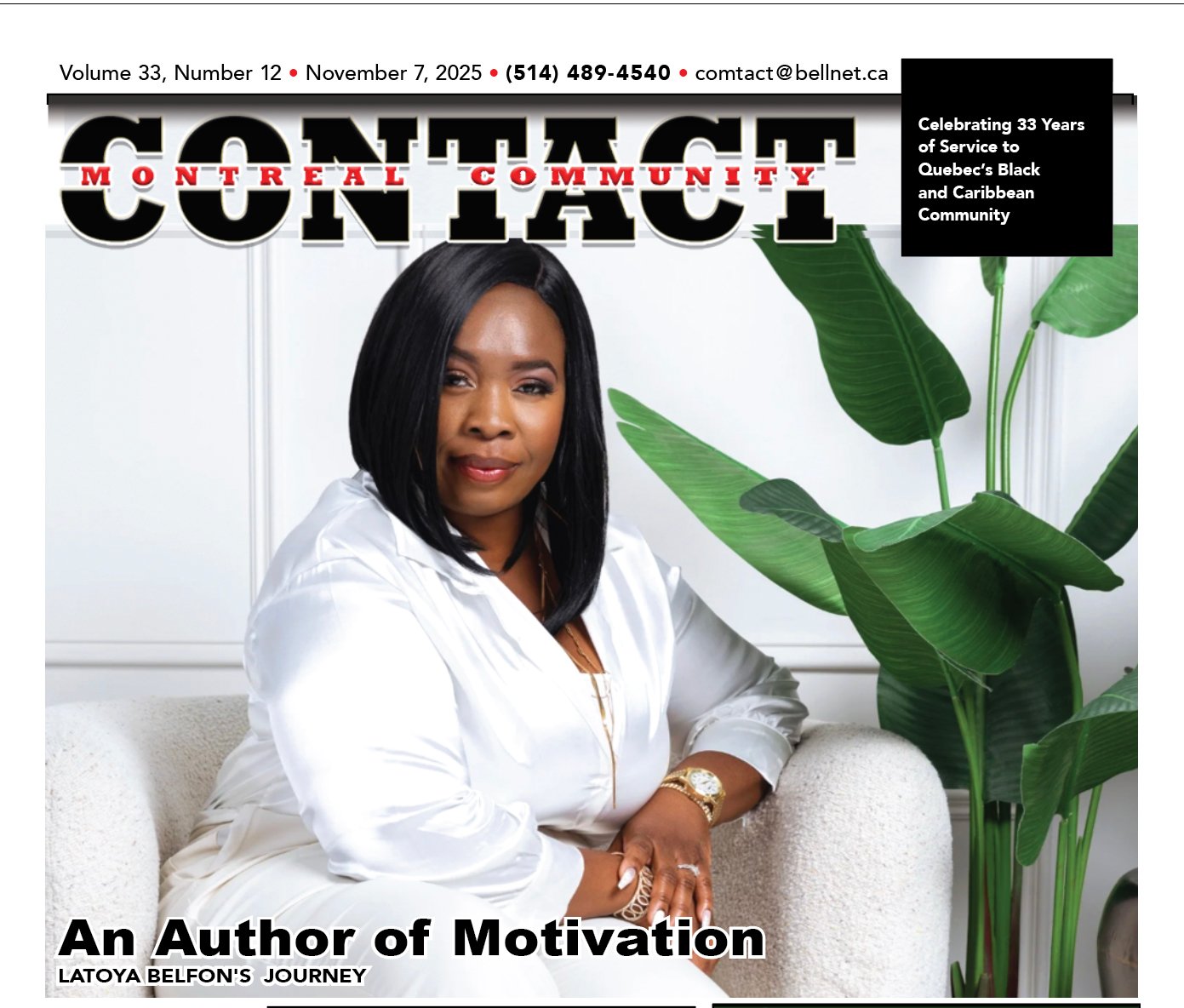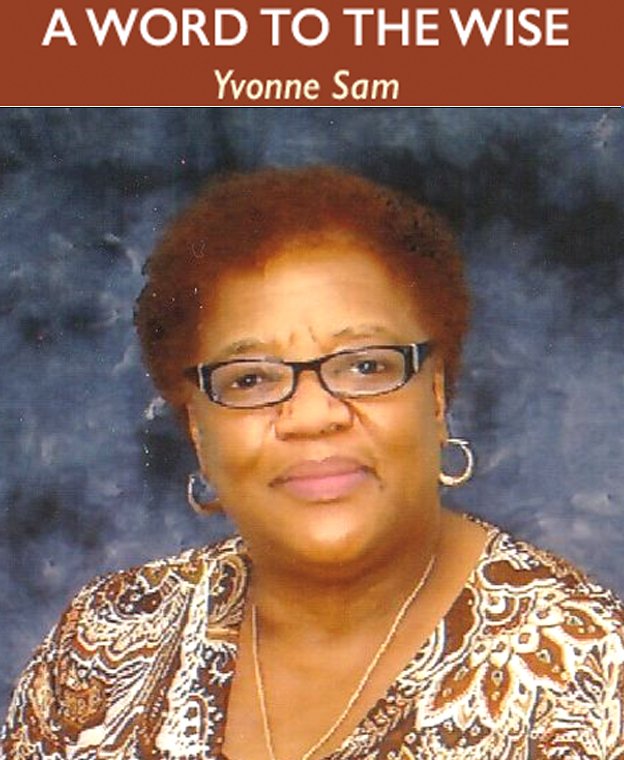 In the absence of any vaccination, I have developed total immunity to the swirling critiques regarding Black History — that, for example, it segregates history by and about Black people into one month, the coldest and shortest month of the year. As soon as February starts, I witness a proliferation of event notifications, social media posts, and articles that use the opportunities afforded by dedicating a whole month to teaching about Black history. My point of annoyance is reached when some of us, along with our allies in the struggle, chime in on how Black people were kept back and mistreated throughout the month of February, then are mysteriously silent when March arrives. It’s “crickets” on anything that mentions Black people until someone gets shot or brutalized by the police.
In the absence of any vaccination, I have developed total immunity to the swirling critiques regarding Black History — that, for example, it segregates history by and about Black people into one month, the coldest and shortest month of the year. As soon as February starts, I witness a proliferation of event notifications, social media posts, and articles that use the opportunities afforded by dedicating a whole month to teaching about Black history. My point of annoyance is reached when some of us, along with our allies in the struggle, chime in on how Black people were kept back and mistreated throughout the month of February, then are mysteriously silent when March arrives. It’s “crickets” on anything that mentions Black people until someone gets shot or brutalized by the police.
This is no display of vainglory, but over the past 10+ years, I have dedicated myself to researching and telling the story of Black History Way Beyond February, (Lesser Known Acts & Facts) allowing young people especially to learn history “meaningfully,” that is, replete with content that has significance to their lives now and in the future, both inside and outside the classroom, framed with interpretations of the past that align with their sense of familial or community history in and for the wider world. A sense of “meaningfulness” is what students want from their history education and it comes from teaching histories that are both complex and connected to students’ lives.
This commitment to teaching and showing connected histories simply means that I do not teach, or advocate for Black histories to be taught, in small boxes removed from larger narratives of Canada. Instead, I strongly advocate for Black histories to be taught as Canadian histories; as histories that demonstrate the ways that power and privilege are woven into the past and present of Canada, especially as it relates to race, gender, and class.
Black history should be taught all year long, along with other histories that have been sidelined by grand narratives, such as the histories of Indigenous peoples, women, people of Asian descent, etc. It should also be borne in mind that Black history is not only the narratives we put forth based on evidence reasoned through the historical method. It is also the affective and embodied affirmation of self within society. To see oneself seen. To hear oneself storied.
In my view this is what Black History Month demonstrates. This is what Black History Month represents.
Sadly, some of these experiences have been written out of the mainstream. Rather than an add-and-stir or drag-and-drop method, national histories have to be rethought, redeveloped so that what counts as national, mainstream histories are those connected and complex narratives that challenge what “mainstream” history actually is.
Canada did not officially recognize Black History Month until 1995 after a motion by MP Jean Augustine; only 17 years ago, in 2008, Senator Donald Oliver led the Senate in a unanimous motion to officially recognize Black History Month in Canada. This Black History Month, let us collectively consider tuning out any more mentions of slavery, oppression, and mistreatment etc. Oftentimes Black history is associated with recognition of people such as Martin Luther King Jr., Harriet Tubman and Rosa Parks. Although these individuals are incredibly important, I am conscious that most individuals celebrated during BHM are American. I encourage Canadians to also acknowledge the African-Canadians who have made significant contributions to our country. When we celebrate BHM from a local perspective it becomes more personal and relevant. Why not show that, despite the game being rigged, no matter what was done to us, we never submitted to a system that was never designed for us to succeed? That we rose to the challenge despite all we went through?
Black people have done a hell of a lot more since Viola Desmond refused to leave the Whites- only area of the Roseland Theatre in New Glasgow, Nova Scotia, or Fred Christie was denied service at the York Tavern in Montreal. Many have taken the challenge of having a dream and started businesses that are now successful, some are entrepreneurs, judges, politicians and CEOs.
Let us then alter the narrative and history of those who made it, so that it is not only etched in history but also acts as inspiration for the young. Who do Black youth revere, idolize, and emulate?
Without fear we will proudly share their stories all year, and February at its best is the month when those stories are told the loudest.
Aleuta continua — The struggle continues.



